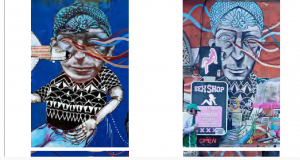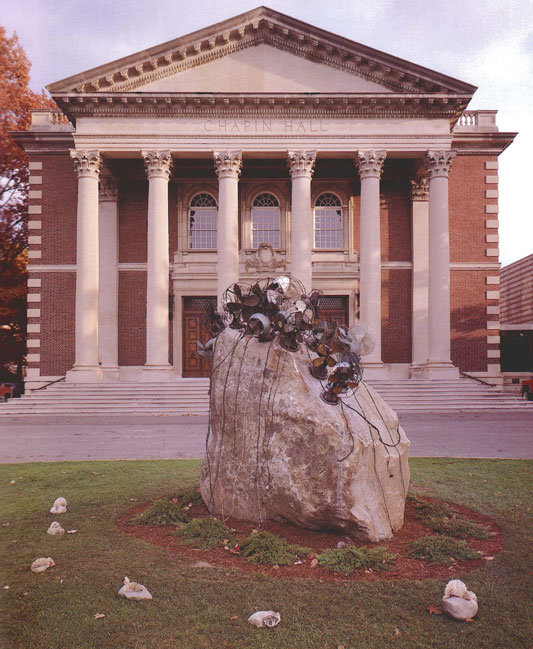Recurring events involving public art have underscored the tension between that expression and the law. Banksy’s “residence” in New York last fall broached this subject, but this summer’s Brooklyn Bridge flag incident, and several new lawsuits asserting copyright in graffiti will test the bounds of what the law protects and what it permits. As Banksy says in one of his murals, "graffiti is a crime."
Graffiti, Vandalism, and Public Expression: Public Art and its Uneasy Relationship with the Law
Topics: Burrow-Giles Lithographic Co. v. Sarony, Ahol Sniffs Glue, David Anasagasti, Steel, City as Canvas, Moral Rights, Argentina, Public Art, Graffiti Art, Philippa Loengard, Visual Artists Rights Act of 1990, Leonardo’s Last Supper, Columbia Law School’s Kernochan Center for Law Med, Chicago, Museum of the City of New York, VARA, Public Expression, Michael Bloomberg, American Eagle, Terry Gilliam, Banksy, 17 U.S.C. § 106A, Copyright, Buenos Aires, 5Pointz, Revok, Roberto Cavalli, vandalism, Reyes, Graffiti, The Atlantic, New York
The Center for Art Law has a thought-provoking piece about the intersection of property rights and Banksy’s “residence” in New York right now. Mayor Bloomberg went on record too as saying he considered graffiti, and implicitly the works themselves, “a sign of decay.” It’s hard to see a court making an exception in New York City for graffiti, no matter what the art world says.
Topics: David Hammons, Rock Fan, Public Art, Graffiti Art, Williams College, Michael Bloomberg, Banksy, Chapin Hall, Eugene Johnson, vandalism, Center for Art Law




